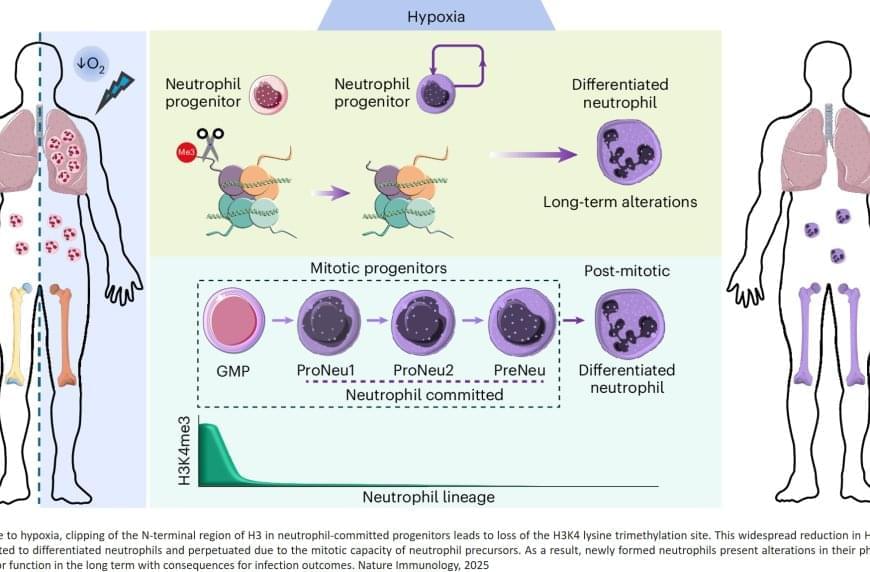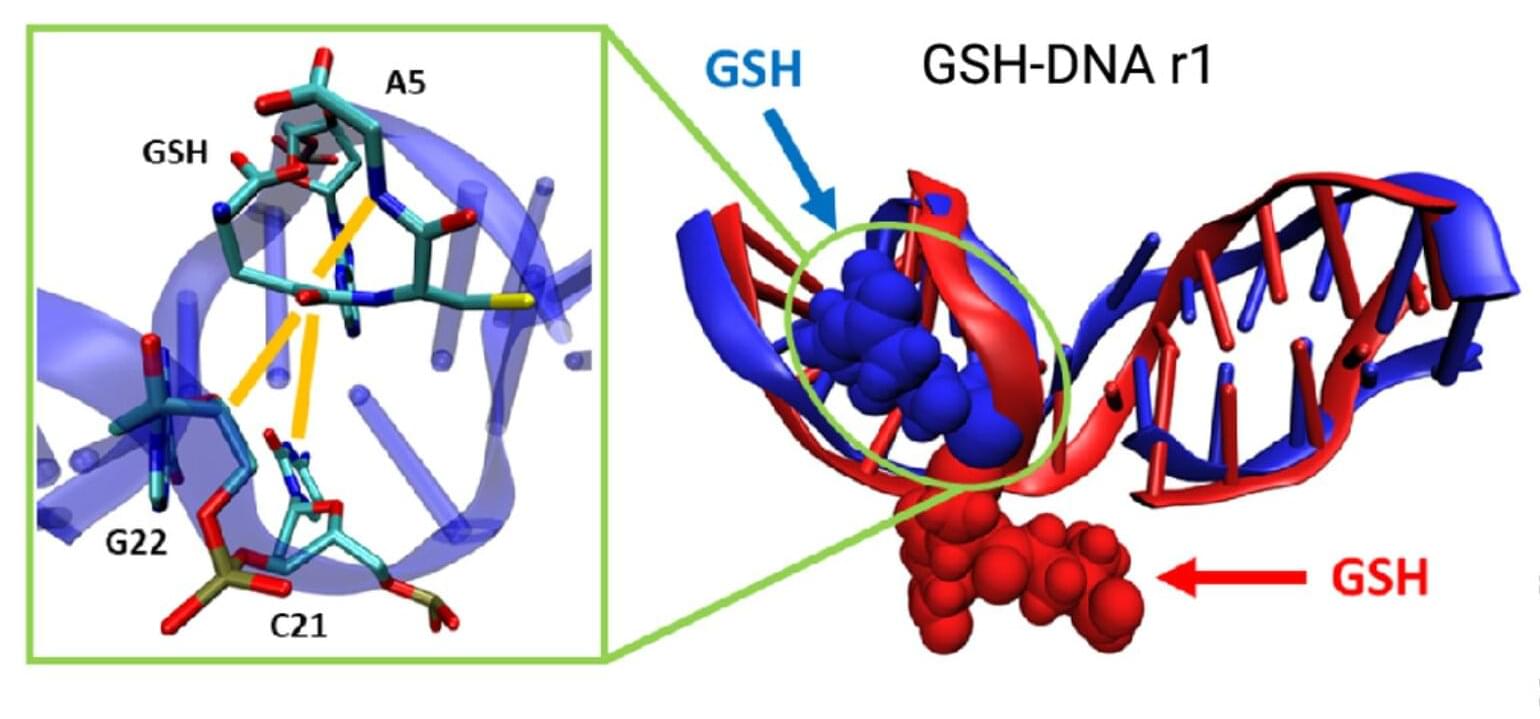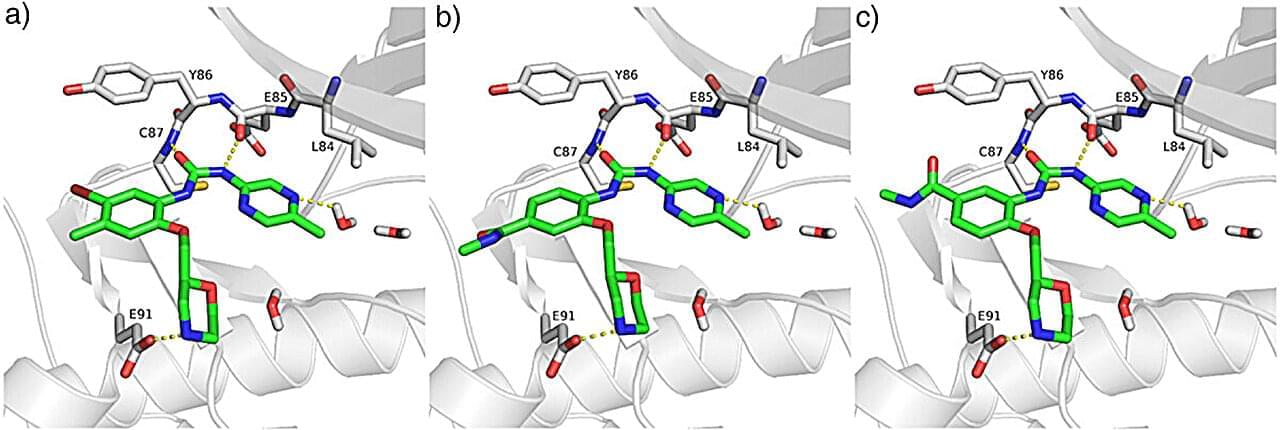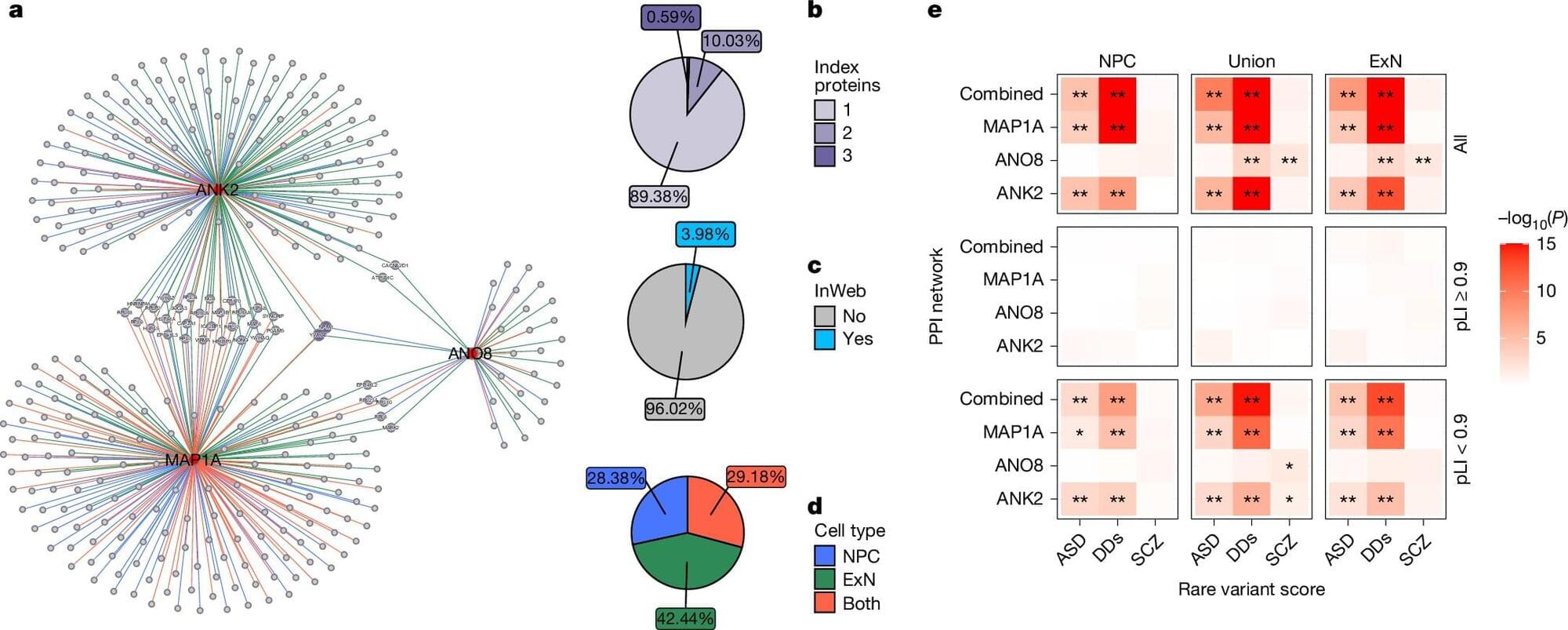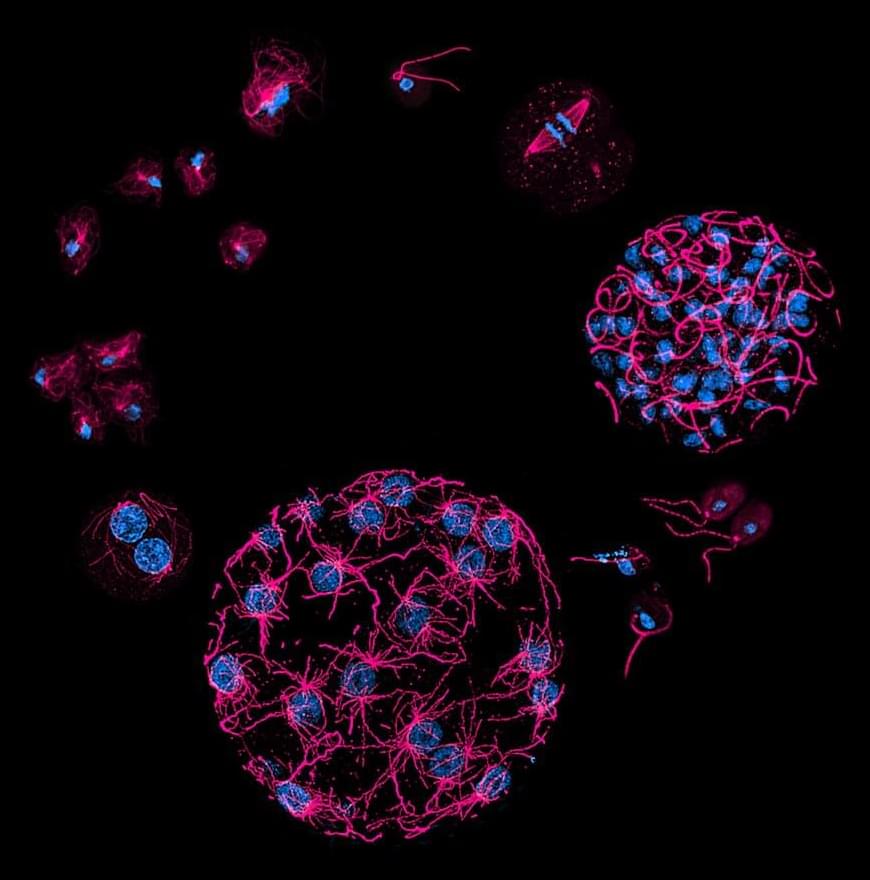Low oxygen levels in the blood can alter the genetic makeup of key immune cells, weakening the body’s ability to fight infection, new research shows.
Scientists found that oxygen deprivation – known as hypoxia – changes the genetic material of immune cells called neutrophils, reducing their capacity to destroy harmful microbes.
The team discovered that low oxygen appears to leave a lasting mark on the bone marrow cells that produce neutrophils, meaning the impact can persist after oxygen levels return to normal.
